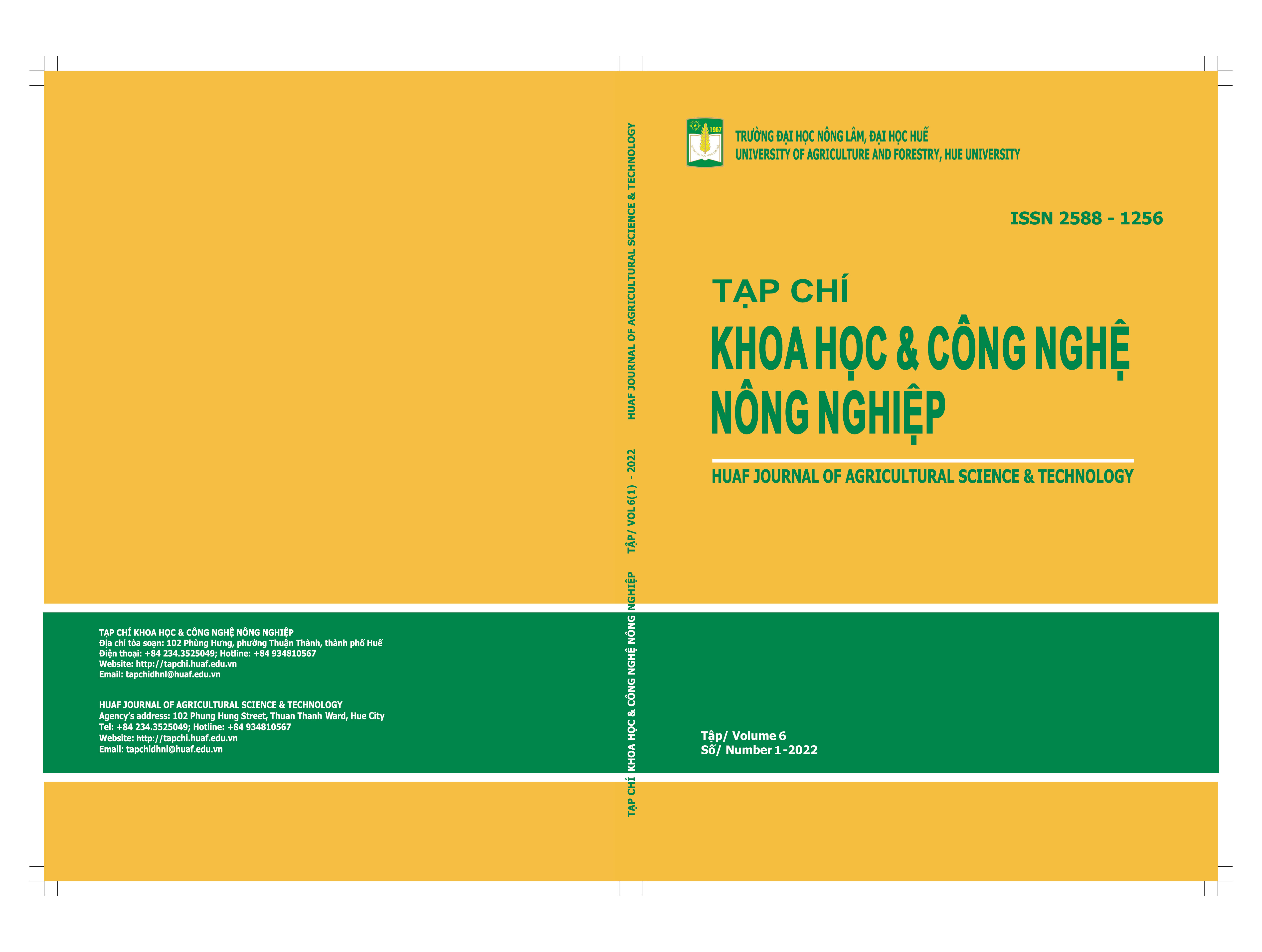##plugins.themes.huaf_theme.article.main##
Abstract
Vietnamese balm (Elsholtzia ciliata) is an annual herb, fragrant, usually grows in hilly areas, abandoned land, with sunny terrain, rivers or streams. Vietnamese balm is rich in vitamins and minerals, not only spices but also effective in treating many diseases, antibacterial and anti-oxidant, or leprosy, ban on speech, treating allergies, cold. Vietnamese balm, after being harvested, was processed and distilled by steam-enticing distillation to collect essential oils. With 3 hours of distillation and the ingredient/ solvent ratio of 1/3 (g/mL), the highest amount of essential oil was obtained. The study showed that the essential oil of Vietnamese balm contained several main compounds such as trans-limonene oxide, trans-caran, 4,5-epoxi, verbernol, citral, bicycloemene, isoterpinolene. In which, verbernol accounted for the highest rate at 28,87%, followed by citral accounted for 23,65% and isocaryophylene accounted for 22,08%. Vietnamese Balm oil had strong antibacterial activity against 2 strains of bacteria Salmonella and E.coli. Specifically for Salmonela, the antibacterial ring size was 22,67 mm, with E.coli the antibacterial ring size was 22 mm, corresponding to the volume of essential oil was 50 µL.


